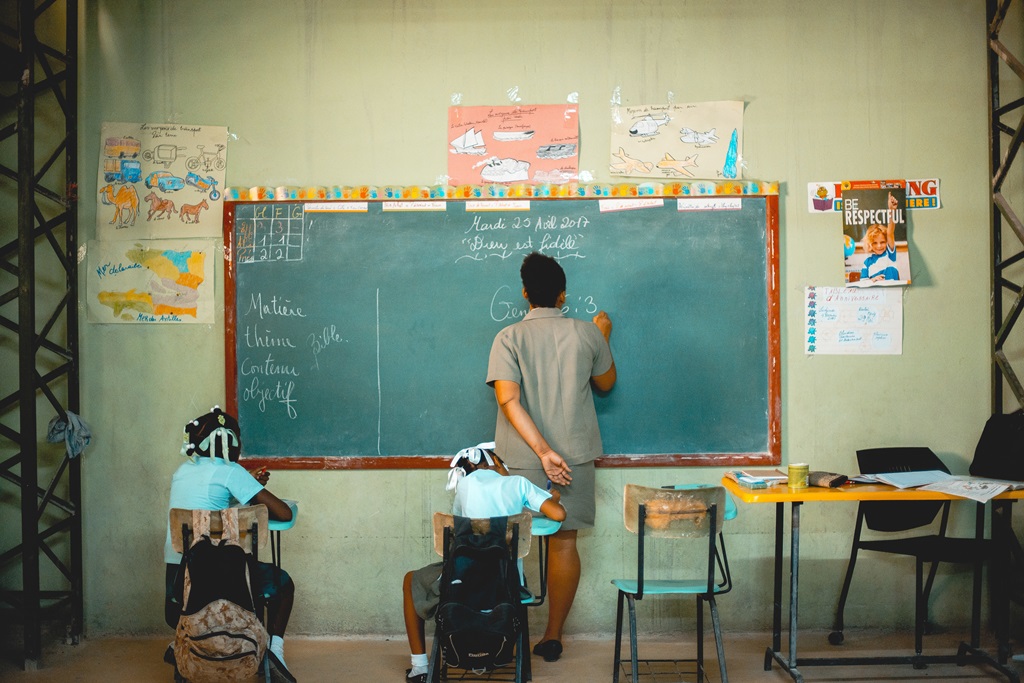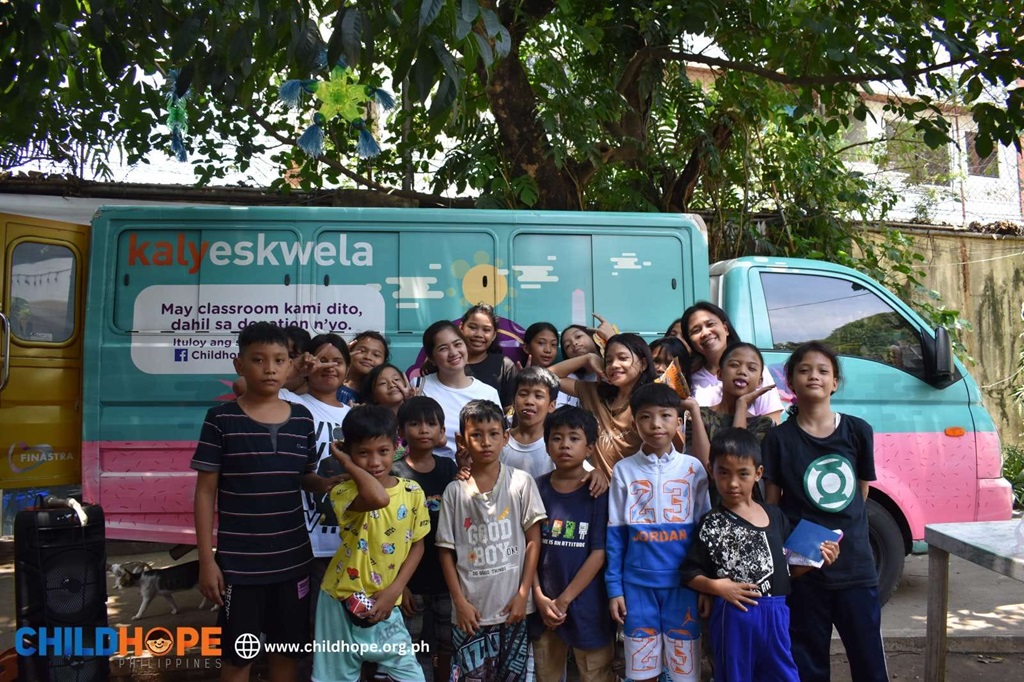Education is a fundamental right that serves as a cornerstone for personal and societal development. In the Philippines, however, the issue of school dropout rates has emerged as a significant barrier to achieving educational equity. With approximately 2.13 million students dropping out of school annually, the country faces a growing crisis that threatens the future of its youth and the overall progress of society. The dropout phenomenon is particularly pronounced among marginalized communities, where socioeconomic challenges and limited access to quality education exacerbate the situation.
Having a firm grasp of the root causes of school dropout in the Philippines is essential for developing effective interventions and support systems. As we delve into the complexities surrounding this phenomenon, it becomes crucial to highlight the initiatives undertaken by organizations like Childhope Philippines, which are dedicated to bridging the educational gaps for street children and helpful toward a more inclusive educational landscape that empowers every child to realize their potential.
School Dropout Rates in the Philippines: A Closer Look
The school dropout crisis in the Philippines poses significant challenges to the nation’s educational landscape. Recent statistics reveal that approximately 41.9% of students who enter Grade 1 do not complete their education by Grade 10, highlighting a critical gap in the educational system. Furthermore, the Philippine Statistics Authority (PSA) reported that as of 2016, 3.8 million Filipinos, or 1 in 10 individuals aged 6 to 24, were not enrolled in any educational institution, with 53% of those coming from the poorest families.
The dropout rates have shown a concerning upward trajectory over the years. Between 2007 and 2013, the dropout rate for elementary students increased from 5.99% to 6.81%, while the secondary level dropout rate rose from 7.45% to 7.82% during the same period. These reflect ongoing issues within the educational framework, including inadequate resources, poor implementation of educational reforms such as the K–12 program, and the pressing economic realities many families face today.
The Department of Education (DepEd) acknowledges that while enrollment rates have improved, the persistent dropout rates indicate significant internal challenges that need to be addressed to ensure that every child has access to quality education.

What are the Root Causes of School Dropout?
As noted at the onset, it’s imperative to understand the root causes of school dropout. This helps develop effective interventions to keep students engaged in their education. Various factors contribute to this complex issue, ranging from socioeconomic challenges to personal circumstances that hinder a child’s ability to succeed in school. By identifying these causes, stakeholders can implement targeted strategies to address the barriers that prevent students from completing their education.
Economic Hardship
Many families in the Philippines struggle to meet basic needs, which can force children to prioritize work over education. Students from low-income households may feel compelled to leave school to contribute financially, often taking on jobs that interfere with their studies. This cycle of poverty not only impacts the individual student but also perpetuates broader socioeconomic disparities within communities.
Academic Struggles
Students who face challenges in subjects such as math and reading often experience a decline in motivation and self-esteem. Research indicates that children who do not achieve reading proficiency by the fourth grade are four times more likely to drop out of school. Without adequate support and resources, these students may lose interest in their education, leading them to disengage and ultimately leave school.
Family Dynamics
Factors such as parental separation, divorce, or an unhealthy home environment can significantly affect a child’s ability to focus on their studies. Additionally, children may need to take on caregiving responsibilities for younger siblings, further detracting from their time and energy for school. A supportive family environment is essential for encouraging educational persistence, and disruptions can lead to increased dropout rates.
Mental Health Issues
Mental health issues are often overlooked as a root cause of school dropout. Conditions such as anxiety, depression, and other mental health disorders can severely impact a student’s academic performance and attendance. Students struggling with these issues may find it challenging to engage in school activities, leading to increased absenteeism and a higher likelihood of dropping out. Addressing mental health needs through school-based support services is vital for improving retention rates.
Lack of Engagement
Many students report feeling disconnected from their teachers and the curriculum, especially during critical transition periods such as moving from middle school to high school. When students perceive school as boring or irrelevant, they are more likely to skip classes or drop out altogether. Creating a more engaging and supportive educational atmosphere is essential for fostering student retention.
Additional Causes of School Dropout
In addition to these primary causes, there are several other factors that contribute to school dropout, including the following:
- Poor health and chronic illness affecting attendance and performance
- Bad influences from peers, including substance abuse and delinquency
- Insufficient school infrastructure and resources
- Transition challenges between different educational levels
- Cultural factors and societal expectations regarding education

The Lasting Impact of School Dropout on Youth and Society
The consequences of school dropout extend far beyond the individual, significantly affecting both youth and society as a whole. For young people, dropping out of school often leads to limited job opportunities and lower earning potential. This financial disadvantage can result in a cycle of poverty that’s difficult to escape from, as dropouts may find themselves taking on low-paying, unstable jobs with little room for advancement.
On a societal level, high dropout rates can have profound implications for economic stability and community well-being. Communities with high dropout rates often experience increased crime rates, as individuals without educational qualifications may turn to illegal activities as a means of survival. Additionally, the economic burden of dropouts impacts public resources, leading to higher costs associated with healthcare, social services, and the criminal justice system.
A less educated workforce can also hinder economic growth, as businesses struggle to find qualified employees, resulting in reduced productivity and innovation. Ultimately, addressing the issue of school dropout isn’t only vital for the individuals affected but also essential for fostering a healthier, more prosperous society.
Related Article: The Current Education Issues in the Philippines — and How Childhope Rises to the Challenge
Childhope’s Initiatives to Bridge Educational Gaps Among the Youth
As a non-profit organization dedicated to empowering street children, Childhope Philippines offers a range of innovative programs and projects aimed at providing access to quality education and support services. One of such is the Street Education and Protection (STEP) program, a comprehensive initiative designed to provide quality education and essential support services to street children living in urban poor areas of Metro Manila. Recognizing that education is a fundamental human right, Childhope aims to bridge the gap for those who are often excluded from formal schooling due to their circumstances.
The STEP program operates under a Caring-Healing-Teaching framework and encompasses four key components: education, psychosocial interventions, health and medical services, and skills development. At the heart of this program is the “KalyEskwela,” or “school on the streets,” which utilizes mobile vans equipped with audiovisual tools to deliver alternative education sessions directly to street children. This innovative approach allows children to learn through modules guided by trained street educators, ensuring that they receive the necessary support to thrive academically.
Additionally, the program offers psychosocial counseling to help children cope with the challenges they face, while the “KliniKalye” mobile health clinic provides essential medical services to ensure their overall well-being. By implementing these multifaceted programs, Childhope aims to bridge the educational gaps faced by underprivileged street children and youth, empowering them to break the cycle of poverty through the transformative power of education.

Transform Lives Today and Support Childhope’s Commitment Toward Education Equality
You can make a profound difference in the lives of underprivileged street children by supporting Childhope’s mission. Your contributions play a vital role in bridging educational gaps and providing these children with the opportunity for a brighter future. Every donation, no matter the size, helps sustain essential programs that empower street children to reclaim their right to education and a better life.
Moreover, by volunteering, you can engage directly with these resilient children and witness firsthand the impact of your help. Your support can create lasting change — whether through a donation or by volunteering your time with the STEP Program, you can help empower underprivileged street children to reclaim their right to education and a brighter future. Join us in this vital mission and make a meaningful impact today!
